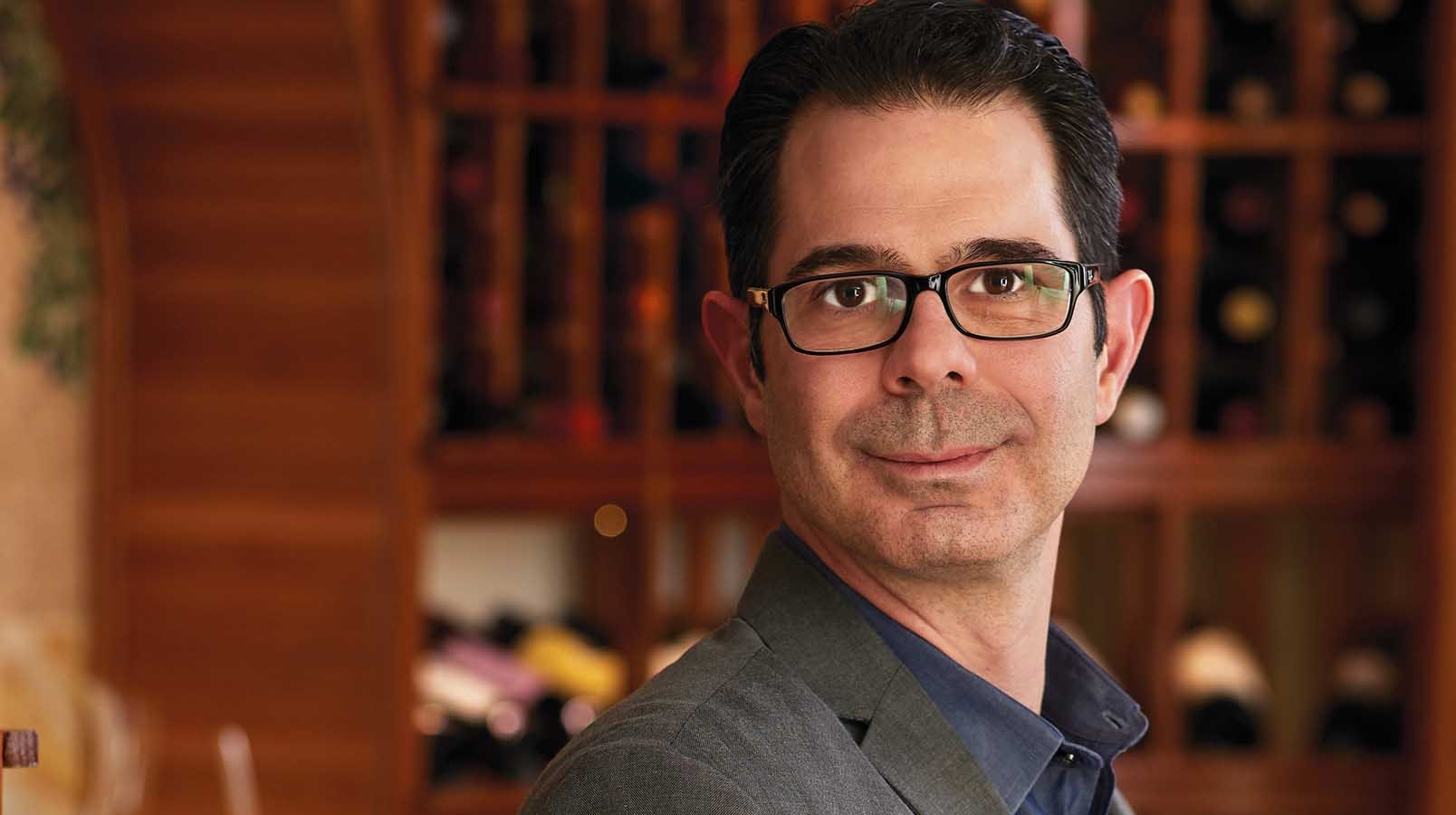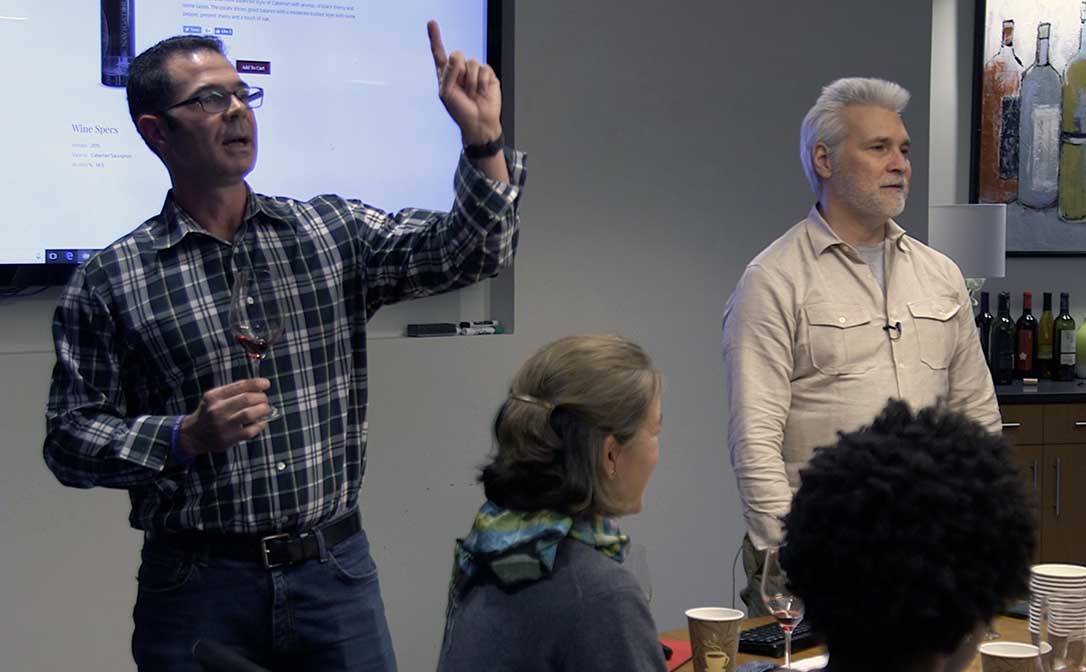As featured in Wine Enthusiast …
If you have spent time in Bordeaux, France, or chatted with friends over a bottle that hails from the region, the inevitable conversation of Left Bank versus Right Bank wines will arise. Just to clear the air—this debate has nothing to do with cash flow or basketball (as in, bank shots), but everything to do with the river banks in Bordeaux, which correspond with different styles of wines.
Confused? Fret not. We have demystified the differences between Left Bank and Right Bank wines so you can drink and discuss them confidently.
What Are the Banks?
The wine region of Bordeaux is located close to the Atlantic Ocean, giving it a maritime climate. Within Bordeaux lies a body of water, called the Gironde Estuary, that connects the Atlantic Ocean to two rivers. The river that runs along the east side of Bordeaux is called the Dordogne and the river on the west side is called the Garonne. These two rivers connect at the base of the Gironde Estuary and fork outwards.
The wine regions that are located to the east (right) of the Dordogne River are considered part of the Right Bank. The regions that are located between the two rivers and to the west (left) of the Garonne River are called the Left Bank. All of that underwater turmoil where the two rivers connect contributes to differences in soil composition on the two banks, which can create uniquely different wines.
Bordeaux Appellations to Know
The two banks have numerous appellations that are well-known for producing exquisite wines. The Left Bank includes the Médoc and Haut Médoc wine regions, which encompass some of the highest-rent districts in the wine world. This is where the most recognized and world-renowned Bordeaux appellations are located, such as Saint-Estèphe, Pauillac, Saint-Julien and Margaux.
To the south of the Médoc, but still in the Left Bank, you have Pessac-Léognan and Graves, and then Sauternes and Barsac further south, which are known for their sweet wine production.
The Right Bank’s most famous appellations are Saint-Émilion and Pomerol, noted for the most age-worthy wines. The area also includes those of Fronsac, Canon Fronsac, Lalande de Pomerol, Côtes de Blaye, Côtes de Bourg, Côtes de Bordeaux and Castillon Côtes de Bordeaux.

Unique Soils and Terroir
While only a proverbial stone’s throw away from one another, the soil between the Left and Right Banks vary significantly. Thanks to all that underwater mix-up, which happens when the rivers meet the estuary, the Left Bank’s soil possesses more of a limestone base, but with a gravel layer on top. It has minimal clay to retain moisture, so the vines must go deeper for water. That struggle often leads to more concentrated flavors in the fruit.
Meanwhile, the Right Bank inherently has that same limestone, but it is closer to the surface. Additionally, clay dominates the soil composition and has far less gravel. Why is that important? Funny you should ask…
Left and Right Bank Grape Varieties
Different grape varietals thrive in differing types of soil—and this is especially true when it comes to what thrives in the Left and Right Banks. Cabernet Sauvignon prefers the struggle that the rocky, gravelly soil that the Left Bank offers. The gravel captures and holds heat, helping the area’s wines to develop ripe fruit flavors and those big, chewy tannins. This allows these wines to age for the long haul. Other varietals such as Merlot, Cabernet Franc, Petit Verdot and Malbec play accompanying roles on the Left Bank, but far and away Cabernet Sauvignon is the star and the main grape used in the majority of wines.
On the Right Bank (the northeast side of the Dordogne) Merlot reigns supreme. It relishes in the extra water that clay tends to hold, and doesn’t require extra heat, as Cabernet Sauvignon does. It is typically blended with Cabernet Franc (certain Chateaux will even use Cabernet Franc as the dominant grape), with Cabernet Sauvignon, Petit Verdot and Malbec making cameo appearances in certain wines.
Different Wine Styles
So, with all the varying soils, terroir, grapes and appellations, how do the wines differ in the bottle? The Cabernet Sauvignon-heavy blends from the Left Bank are typically bigger, bolder and more ageable wines. That’s because the higher fruit concentration and tannin levels are conducive to wines that will evolve and improve with time in the cellar.
In comparison, the Merlot-based blends of the Right Bank tend to be smooth and supple in their youth, with soft fruit and mellow tannins making them ideal for early enjoyment. Of course, the top-tier wines of St. Emilion (from Pavie, Figeac, Clos Fourtet, Angelus and others) and Pomerol (from Petrus and Cheval Blanc) are certainly cut from the same cloth as those ageable Grand Cru Classe wines of the Left Bank and can benefit from decades in the cellar.
Classifications
The Left Bank is also home to the notorious 1855 Classification of the Médoc, which includes the five “first-growth” estates of Château Margaux, Château Mouton Rothschild, Château Lafite Rothschild, Château Latour and Château Haut-Brion. (Although Château Haut-Brion is technically in Graves, not Medoc.)
Beyond this exclusive first growth club, there are 14 second-growth estates, 14 third-growth, 10 fourth-growth and 18 fifth-growth. The area’s Sauternes and Barsac sweet wine producers also have their own classification system.
The only classification in the right bank is that of St-Emilion. It originated in 1955, and wines are tasted, reviewed and updated every 10 years. The top-tier wines receive the Premier Grand Cru Classé designation, which are further distinguished by “A” and “B” rankings. The latest 2022 edition includes 14 Premier Grand Cru Classés, with only two (Chateau Figeac and Chateau Pavie) awarded Grand Cru Classé A status, and 71 Grand Cru Classés.
Not too complicated, we hope? Armed with this knowledge, drinking your way through Bordeaux has never been easier.















